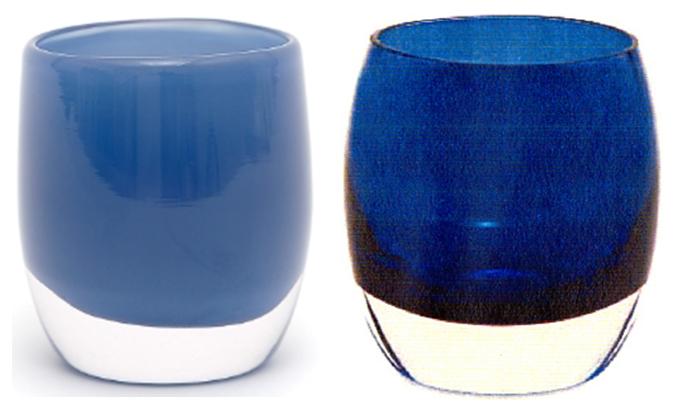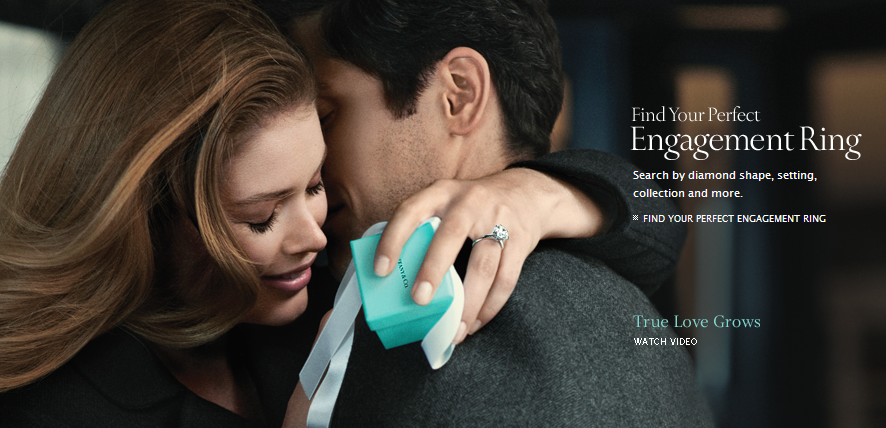Entries in Trademark Infringement (368)
Seattle Bartenders Join Boycott of Perceived Trademark Bully
 Screen shot from alleged trademark bully Pusser’s Web site
Screen shot from alleged trademark bully Pusser’s Web site
Some Seattle bartenders have banded with their New York bretheran in an effort to stop what they view as trademark bullying.
Seattle Met magazine’s Sauced Blog recently wrote that British Virgin Island rum maker Pusser’s Ltd. Corp. threatened legal action action against two New York bartenders who opened a tiki bar called “Painkiller” and mixed a drink they called the “Painkiller.”
Pusser’s owns two federal registrations with the PAINKILLER formative: PAINKILLER for “alcoholic fruit drinks with fruit juices and cream of coconut and coconut juice” and PAINKILLER COCKTAIL MIX for “non-alcoholic mixed fruit juices.” It also owns a couple pending PAINKILLER applications for “restaurant and bar services.”
The Painkiller bar’s drink contained rum, but not Pusser’s rum.
Sauced reported that a number of Seattle bartenders have joined a Facebook group calling for a boycott on Pusser’s.
Seattle bartender Jim Romdall signed on. “None of us feel like you should be able to copyright the recipe of a cocktail or the name of a cocktail,” he told Sauced. “That’s like Ragu trying to copyright ‘Bolognese.’”
A few thoughts. First, put into trademark terms, the bartenders spoiling for a boycott appear to argue that “Painkiller” is a generic term for a type of drink. I’m not into fancy drinks, so I don’t know if that’s true. But a number of bartenders — who would seem to be in a good position to know — have signed onto the boycott.
Second, this isn’t the first time STL has seen a trademark dispute come out of the name of a mixed drink. Longtime readers may have a distant memory that Gosling’s took a similar stance with respect to the “Dark ‘n Stormy” drink. They claimed the drink is made exclusively with Gosling’s Black Seal rum, a splash of ginger beer, and nothing else. In their view, if it’s not made with Gosling’s, it’s not a “Dark ‘n Stormy.” The New York Times covered that dispute. At the time, I stated that cocktail trademark disputes are rare. But now it looks like it’s not as rare as I thought.
Third, the Facebook boycott call illustrates what can happen if you’re perceived as a trademark bully. Throw your weight around with the little guy too much and you can be on the receiving end of an Internet campaign against you. That’s something that Professor McCarthy warned of when he spoke at Microsoft in February.
So for those in the know, is “Painkiller” a type of drink? Or is it a specific drink that’s made with Pusser’s rum?
For what it’s worth, Wikipedia declares that “Painkiller” to be a rum cocktail “traditionally made by frothing a mixture of dark rum, orange juice, pineapple juice, sweetened coconut cream, and shaved ice, and a topping with nutmeg.” It doesn’t mention Pusser’s. Again, for what it’s worth.
Great additional discussion at Cocktailians, my new favorite blog.
Court Dismisses Glassybaby's Trade Dress Claims with Leave to Amend
 Glassybaby’s (left) and a defendant’s votive candle holders
Glassybaby’s (left) and a defendant’s votive candle holders
Folks may remember that local candle holder designer Glassybaby, LLC, filed trade dress claims against competing designers in April (STL post here).
On June 6, Western District Judge Marsha Pechman dismissed those claims. In short, she found they weren’t adequately pleaded in plaintiff’s complaint.
The court wrote that “Defendants argue that the complaint fails to identify the mark or illustrate the so-called distinctive design. Plaintiff’s complaint states that the hand-blown glass containers are distinctive, but it does not describe the design in any detail. It is not possible to determine what the features of the votive candle holders are and whether they are functional or non-functional. This is not adequate to satisfy Rule 12(b)(6). Plaintiff must plead with at least some detail what the purported design is and how it is non-functional.”
The court similarly dismissed plaintiff’s dilution and Consumer Protection Act claims. However, it granted plaintiff leave to attempt to correct its pleading deficiencies in an amended complaint.
The case cite is Glassybaby, LLC v. Provide Gifts, Inc., No. 11-00380 (W.D. Wash. June 6, 2011) (Pechman, J.).
Robin's Egg Blue: For Tiffany, a Color Mark. For Others, a Fashionable Color

 Tiffany’s iconic robin’s egg blue (top) — and Burberry’s new purse
Tiffany’s iconic robin’s egg blue (top) — and Burberry’s new purse
Robin’s egg blue. It’s all over Tiffany. Tiffany even has a registration for its blue box.
Yet, robin’s egg blue isn’t exclusively Tiffany’s. In fact, it appears to be one of this year’s hot colors. I’ve seen it on furniture at Roche Bobois and Macy’s. Last week I came across it again on a Burberry handbag at Nordstrom. (On my way to the men’s department, I swear.)
If robin’s egg blue were used by sellers of low-cost items, this might amount to trademark infringement or dilution. But when used by sellers of luxury items, it paradoxically appears to be ok.
Now, Roche Bobois, Macy’s, and Burberry aren’t using robin’s egg blue on boxes that contain jewelry. But they do sell items that involve jewelry, and Tiffany sells items that involve furniture and handbags. Nor are the colors exactly the same, but they’re close — to my eye, closer than the photos here indicate.
It’s interesting that a color that has become so iconic, so intertwined with the goodwill of one luxury retailer is being used with increasing frequency by other luxury retailers. I’m not saying that Tiffany isn’t enforcing its rights, or the other sellers are trying to pass off their goods as coming from Tiffany. Indeed, Roche Bobois, Macy’s, and Burberry have terrific reputations of their own. I suppose what I’m noticing is simply the intersection between trademarks (where one company uses the color to identify the source of its goods) and aesthetic functionality (where other companies use the color because it’s in fashion).
Beating Summary Judgment Doesn't Mean Plaintiff's Case Wasn't Groundless
In November 2009, the Central District of California denied the prevailing defendant’s motion for attorney’s fees.
The court found plaintiff’s claims couldn’t have been groundless when it survived defendant’s motion for summary judgment. It reasoned: “Given the standard for summary judgment, the Court is not willing to find that a party has litigated a groundless or unreasonable case when the Court itself found that there were genuine issues of fact on all disputed claims. Indeed, what wold have been ‘exceptional’ is if Plaintiff had unilaterally stopped litigating the case after the Court made such a finding.”
On appeal, the Ninth Circuit held that wasn’t a good basis to deny defendant’s request.
“In denying Fortune’s motion for attorney’s fees under the Copyright and Lanham Acts, the district court gave undue weight to the fact that Tokidoki survived Fortune’s motion for summary judgment. The summary judgment ruling should have been afforded little or no weight in deciding whether to award fees, given that many of the factual contentions upon which Tokidoki relied at the summary judgment stage were not borne out at trial.”
The Ninth Circuit vacated the denial of fees and remanded to the district court “to reconsider Fortune’s motion, without regard to the court’s summary judgment ruling,” though it expressed no opinion about whether a fees award was appropriate.
The case cite is Tokidoki, LLC v. Fortune Dynamic, Inc., 2011 WL 2036466, Nos. 09–56388, 10–55661 (9th Cir. May 25, 2011).
No Brief? No Problem! Appellee Wins Trademark Dispute without Filing a Brief
In the interests of completeness, I’d wanted to write about the Ninth Circuit’s recent trademark decision in Egg Works, Inc. v. Egg World, LLC.
But what was there to say?
In affirming the district court’s denial of the plaintiff’s motion for a preliminary injunction, the Ninth Circuit seemed to say it all:
“The district court correctly identified the legal standard for likelihood of confusion of a trademark, its findings were not clearly erroneous, and the district court did not clearly err in finding no likelihood of confusion concerning appellants’ trademark. We conclude that the district court did not abuse its discretion in concluding that appellants failed to meet the requirements to merit preliminary injunctive relief. Accordingly, we affirm the district court’s denial of appellants’ motion for a preliminary injunction.”
But there’s more. Las Vegas Trademark Law Blogger Ryan Gile fills in the interesting back story, which involves a dispute between two Las Vegas breakfast restaurants.
It’s also noteworthy that, as Ryan points out, the appellee won its appeal and didn’t even file a brief. Now that’s confidence! Or indifference. Or something.
The case cite is Egg Works, Inc. v. Egg World LLC, 2011 WL 1585846, No. 10–17534 (9th Cir. April 20, 2011).